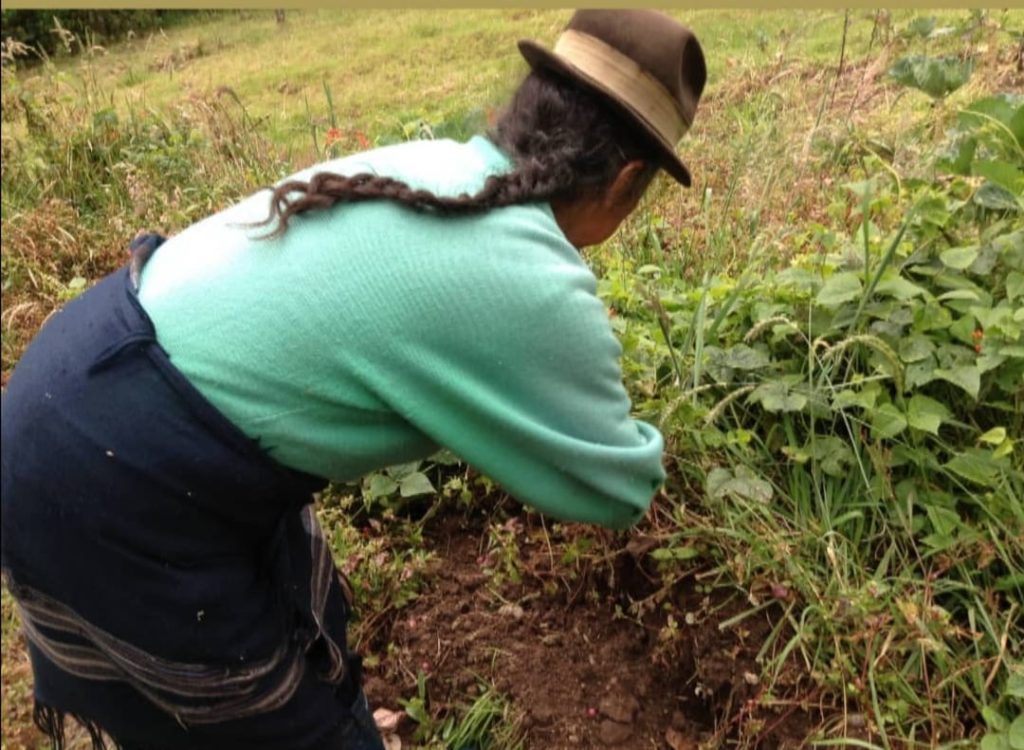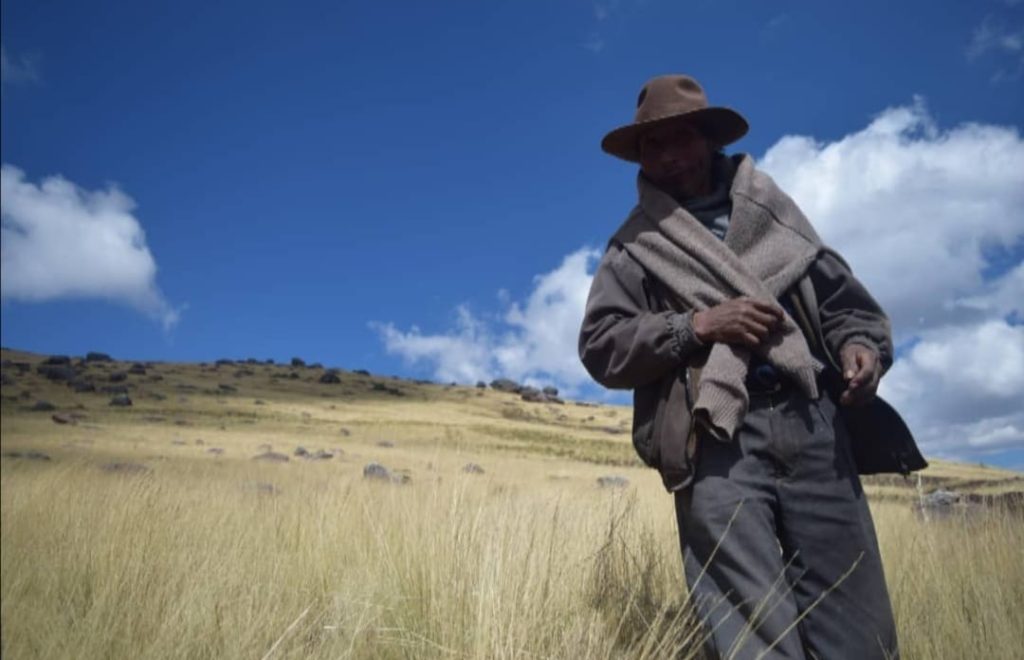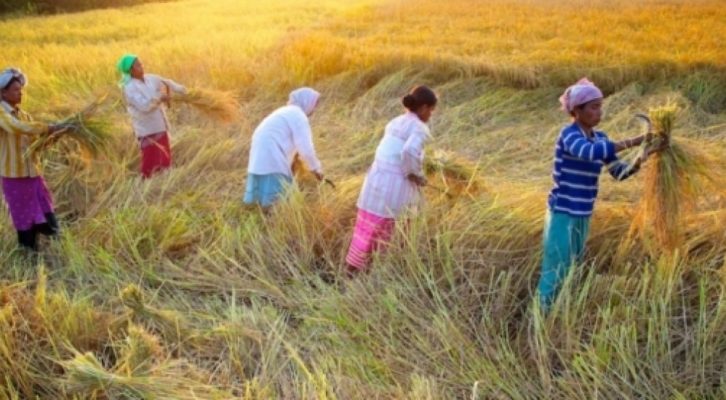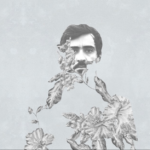When I was in college, studying Business Administration, I remember that most of the professors frequently repeated to us, “you have to dedicate yourself to increasing profits and reducing costs for investors”, it was not common for us to ask ourselves how should we do that. It was as if a black box into which inputs enter and we turn them into financial wealth, completely isolated from the social reality of the country, the armed conflict, internal displacement, inequality, and the responsibility we have with the conservation of our ecosystems.
The increasing commercialization in everyday life has led us to devalue our own life, since we consider that only productive and/or financial-economic activity has value, that which can be measured in an income statement, in an infinite chain of profit maximization in the one that the end justifies the means, disconnecting from its social and environmental consequences.

This financial determinism is quite dangerous for our societies and territories, ignoring the tasks and people who are dedicated to taking care of others and our environments, such as housewives, people who are part of the health sector, or small farmers, only to mention a few examples. This moment of the epidemic has become the perfect opportunity to rethink ourselves as societies and the care economy has much to contribute and teach us to draw a different horizon.
Let’s put life at the center
According to Thomas Piketty, there have been no relevant advances in terms of reducing inequality in the last century, in industrialized countries the 1% of the richest have 20% of the resources. Which are equivalent to the resources that have 50% of the population of those nations. According to Piketty, this phenomenon is explained by the working dynamics of the current political and economic model prevailing in the world.
The reduction of inequality is a concern that is frequently found in different currents of the economy, which seek to understand how societies can achieve a perfect allocation of economic resources among all the people in a society. For its part, the care economy is an alternative view that seeks to contribute to the explanation of the economic roots of inequality.
The care economy is characterized by putting life at the center of the analysis, rather than the markets. From this perspective, the objective of economic functioning is not the reproduction of capital, but the reproduction of life in its multiple manifestations. The concern is not in the perfect allocation, but in the best provision to sustain and reproduce life, also, it is concerned with the distributional issue, concentrating on recognizing, identifying, analyzing, and proposing how to modify gender inequality as a necessary element to achieve socioeconomic equity.
A new economic paradigm that promotes sustainability
Ecofeminism has become an advocacy and reflection tool complementary to the care economy, providing questions and reflections on the contribution of women to the care of ecosystems and the implementation of sustainable lifestyles in urban, peri-urban contexts and rural, moving from contemplation to action, favoring the vindication of rights and strengthening the capacity of women, especially rural women, to influence community decisions.
In this way, ecofeminism recognizes the importance of the diversity of nature itself, separated from its commercial exploitation in search of an economic benefit. While the current economic model reduces diversity to the category of a problem, as a deficiency due to its inability to accept the difference that is at the base of the development paradigm that leads to the displacement and disappearance of diversity. The care economies celebrate diversity, like a milpa or a farm, which is a reflection of our biocultural diversity protected for thousands of years.

In addition, the care economy promotes the recognition of tasks that have traditionally been related to the reproduction of life and the care of people, tasks performed historically by women, in an unpaid manner or, in precarious conditions, those same tasks that we tend to make invisible and that are fundamental for the production and reproduction of life, such as maternity, peasant, family and community agriculture, caring for the elderly, domestic chores, among others.
In addition, the care economy promotes the recognition of tasks that have traditionally been related to the reproduction of life and the care of people, tasks performed historically by women, in an unpaid manner or, in precarious conditions, those same tasks that we tend to make invisible and that are fundamental for the production and reproduction of life, such as maternity, peasant, family and community agriculture, caring for the elderly, domestic chores, among others.
According to the Indian activist Vandana Shiva, ecofeminism together with the promotion of economic models focused on caring for life is the best response to the civilizational crisis we are suffering, whose relevance is increasing in the midst of environmental and socio-economic crises. Rural, ethnic, and peasant women are fundamental in the materialization of novel solutions for current problems such as climate change, inequality, and peacebuilding.
The materialization of new economic models summons us all, to take advantage of this moment of pandemic and give way to the flourishing of societal models that put life at the center, we need less warmongering doctrines and more care for life.
Ana Prada is a Colombian activist, she had studied business administration, and sociology at the Javeriana University of Bogota and Alumni of the International Training in Dialogue and Mediation of the University of Uppsala. She is the founder of the 3colibris media, currently working for Caritas Colombiana in relation to the implementation of the “article one” of the Peace Accords. Ana has worked on projects for UNDP, UNFAO, UE, Suyusama Foundation. In addition, she is interested in the Colombian and Latin American rurality and has accompanied organic and agroecological production processes in Colombia, Mexico, Guatemala, Costa Rica, Ecuador, and Peru.







